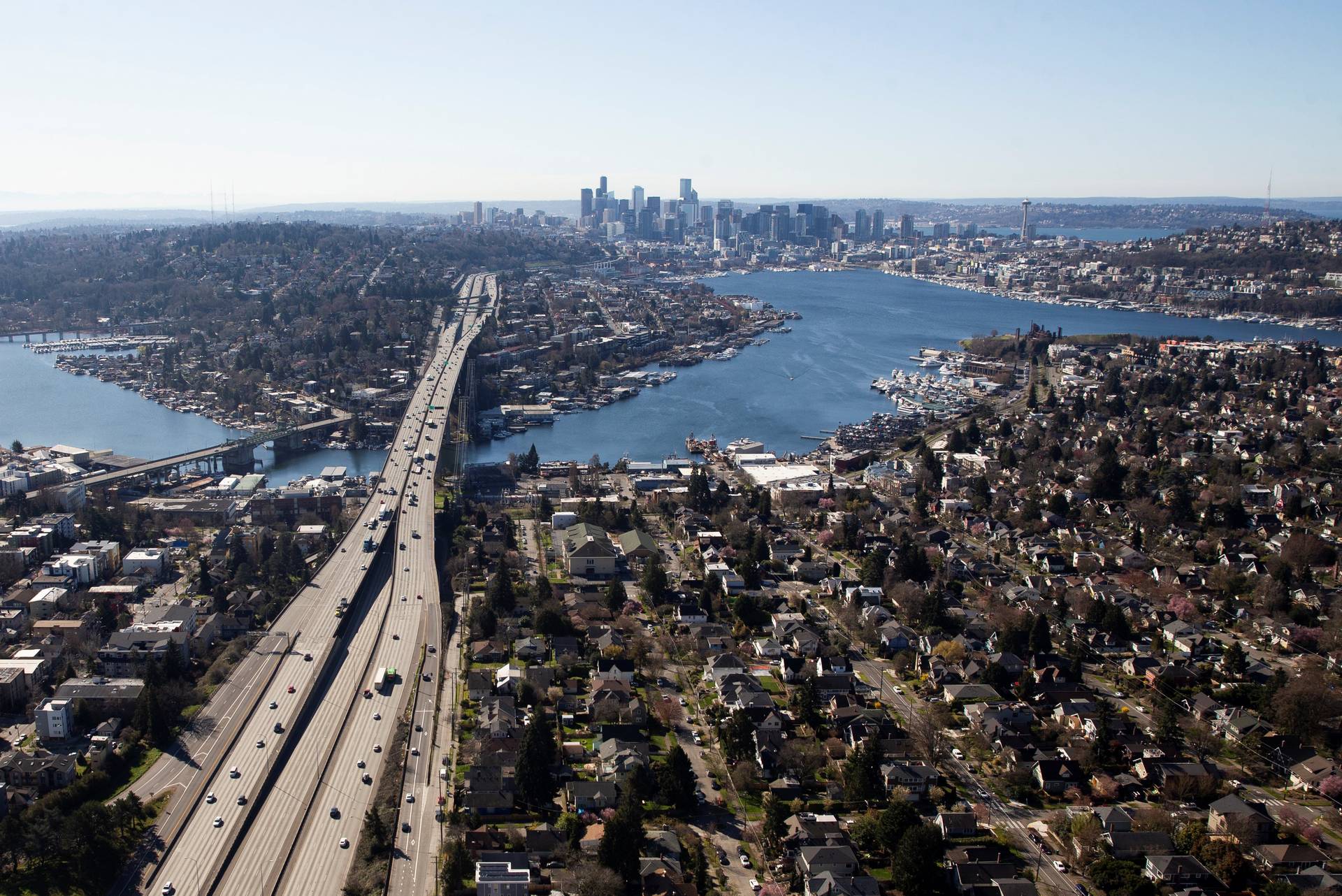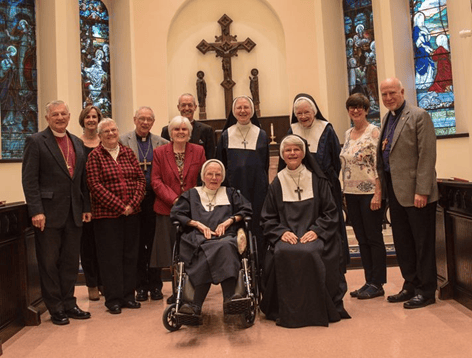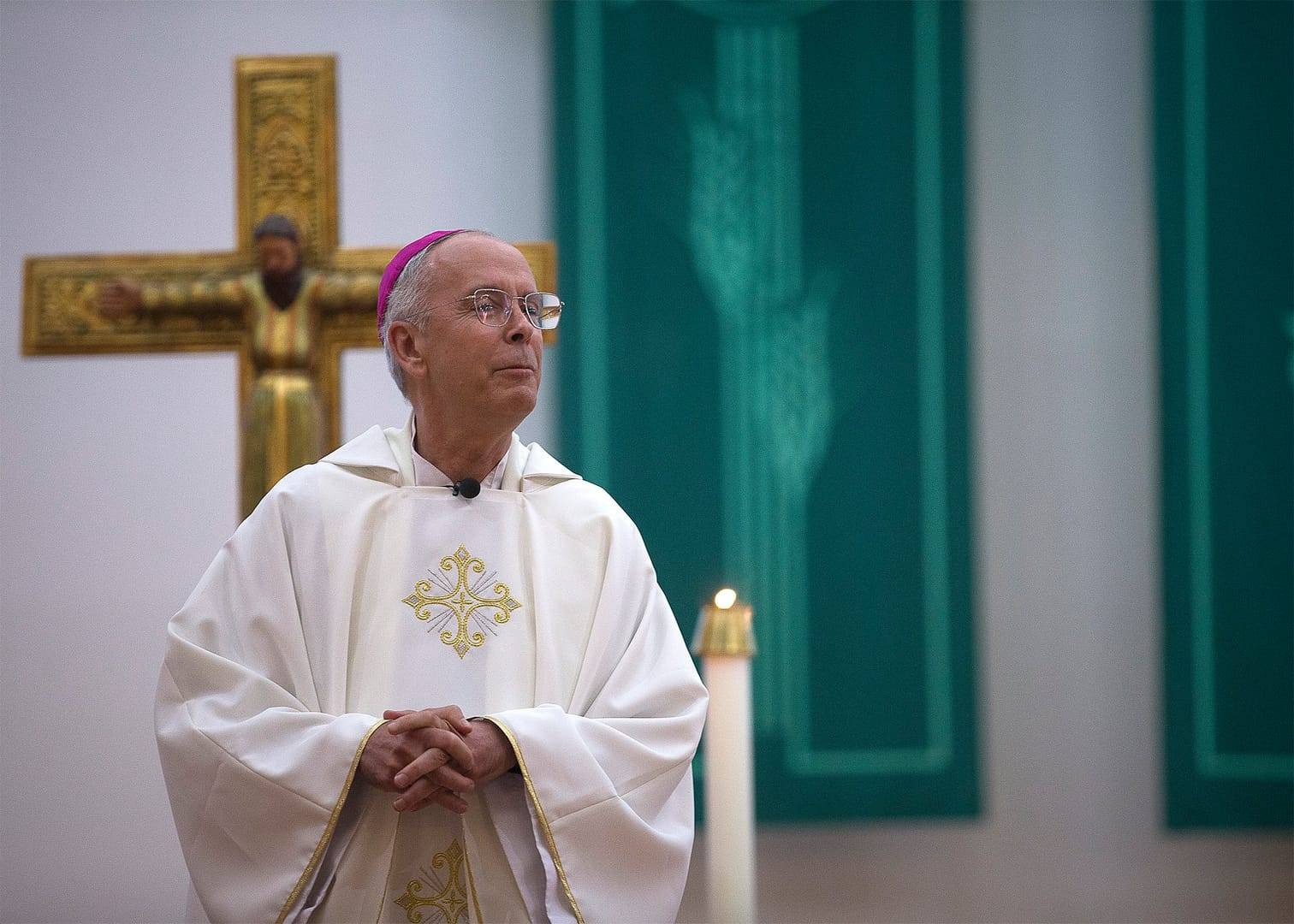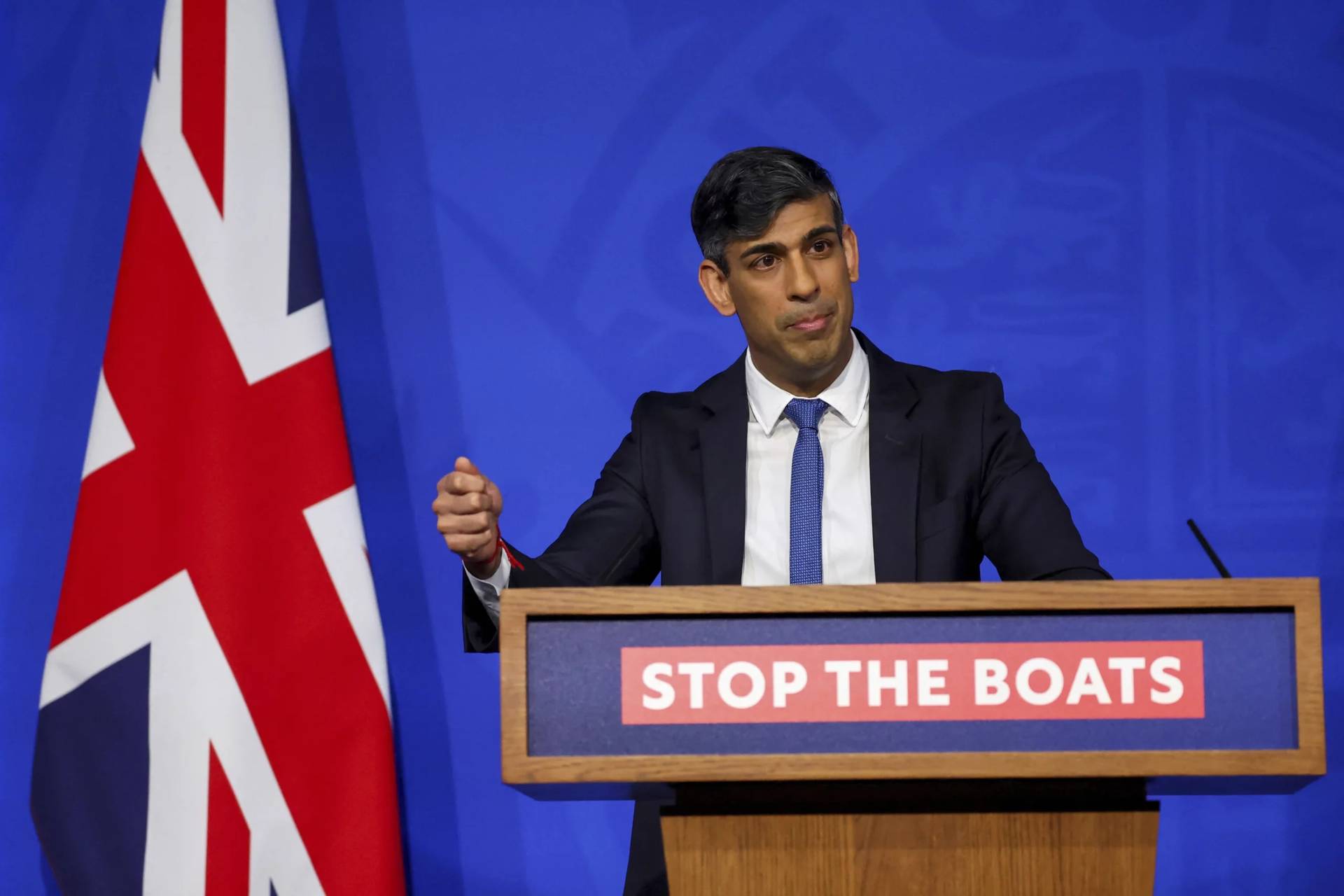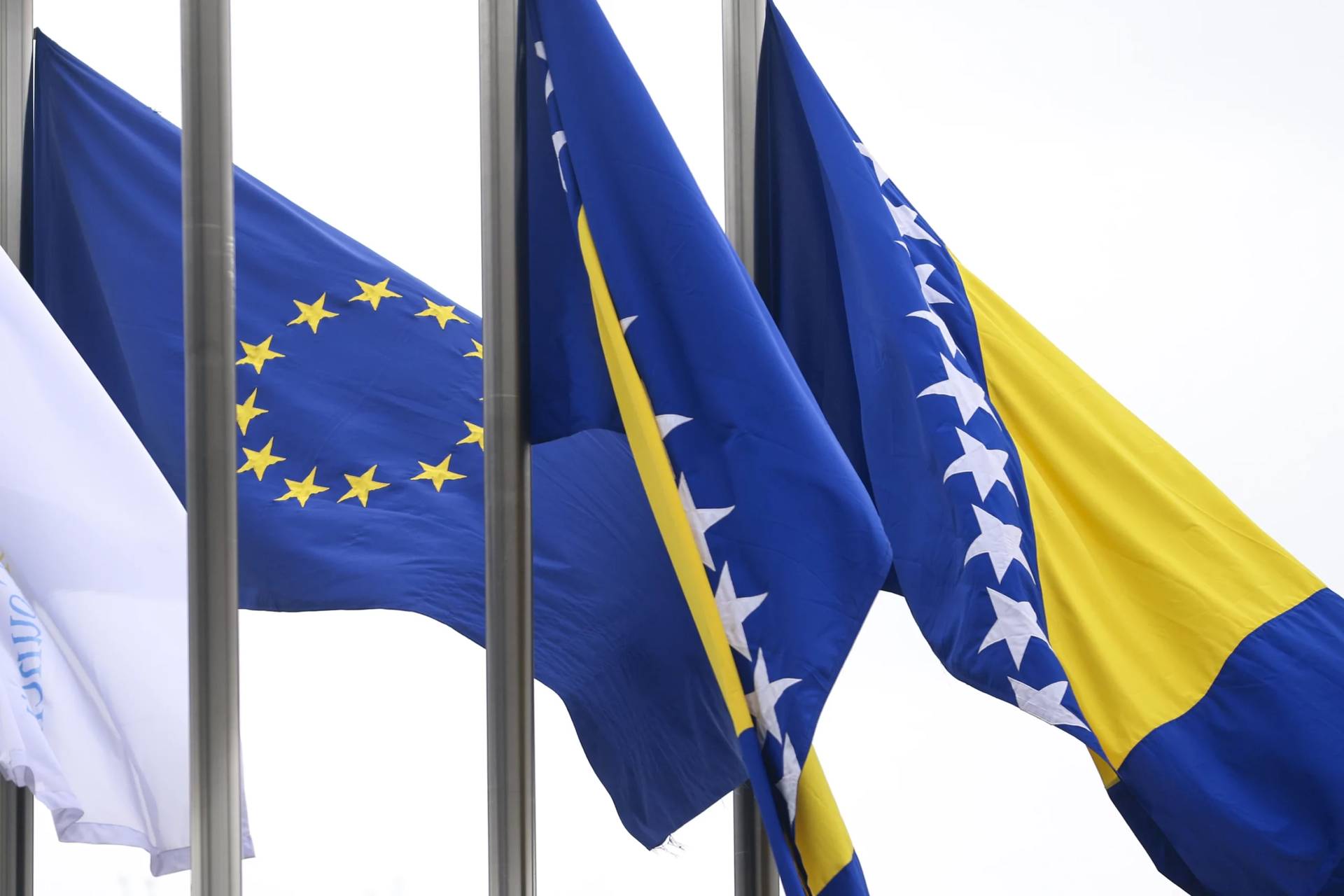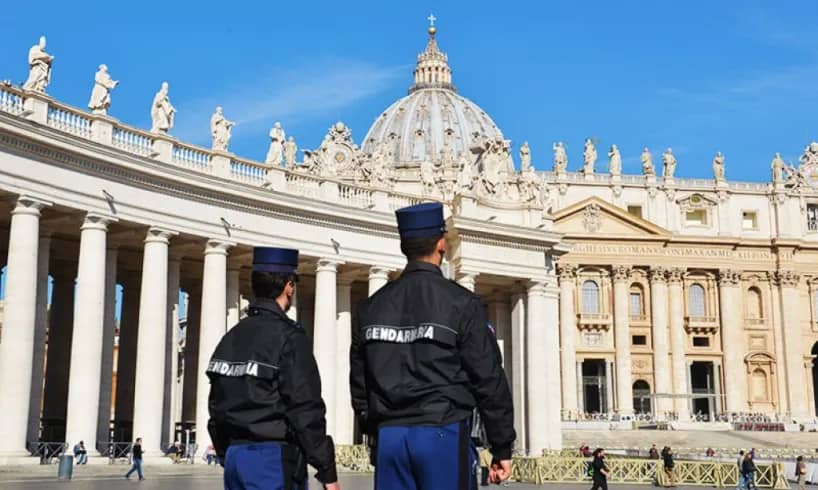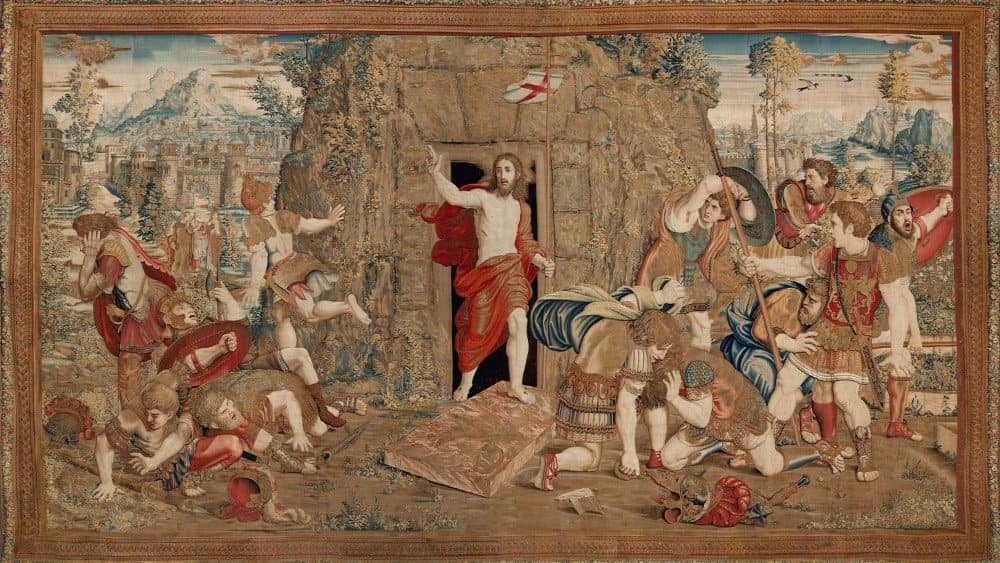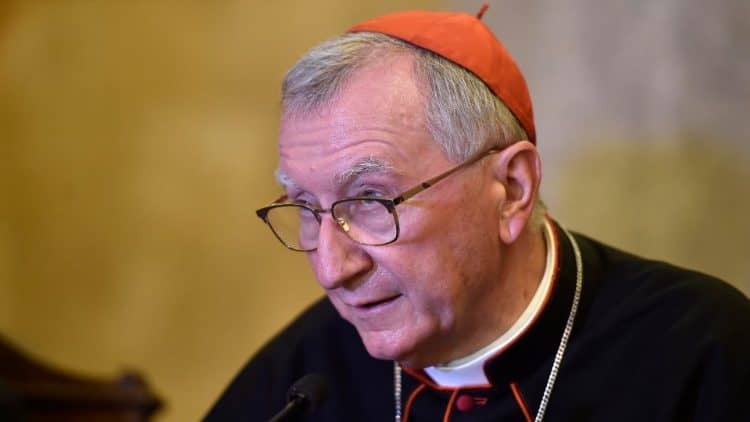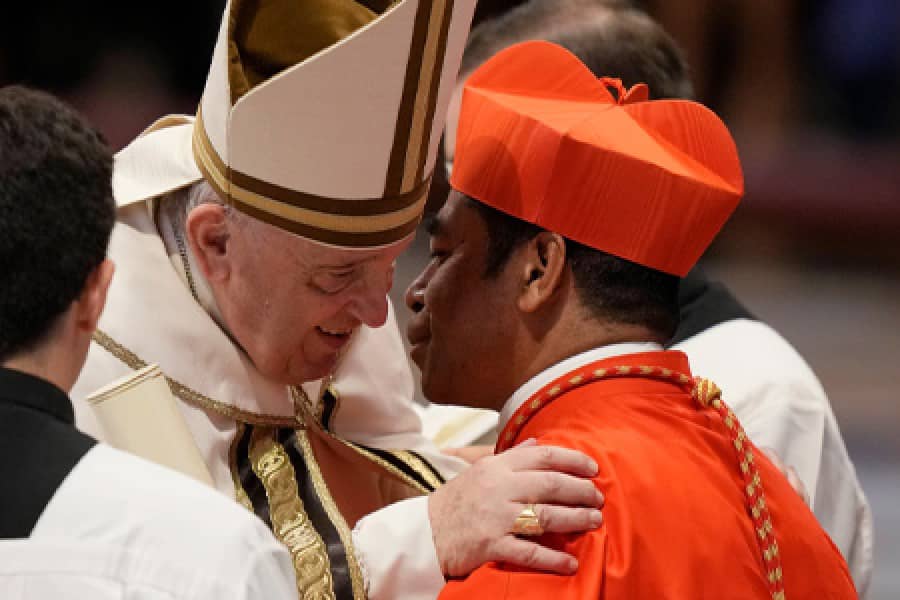The Big Easy is celebrating a big birthday this year: 300 years since New Orleans was founded.
The celebration began New Year’s Eve with a massive fireworks show over the Mississippi River. Exhibitions, festivals and events planned throughout 2018 — including Mardi Gras — will reflect the tricentennial theme.
The city’s three centuries of history include “colonization by both France and Spain, a British invasion, devastating fires, pirates, yellow fever and hurricanes, among other challenges,” said Kristian Sonnier, spokesman for the New Orleans Convention and Visitors Bureau. Through it all, New Orleans managed to hold on to what Sonnier calls “authentic traditions and a sense of place” — attributes that have made the city one of the most interesting destinations in the U.S.
New Orleans was founded by the French Mississippi Company in the spring of 1718 by Jean-Baptiste Le Moyne de Bienville, then taken over by the Spanish in 1763. The U.S. acquired it as part of the Louisiana Purchase in 1803.
Catholic faith and traditions have played a role in New Orleans’ culture since Feb. 9, 1718, when a priest planted a cross on the site where the St. Louis Cathedral now stands. An exhibition called “The Church in the Crescent: 300 Years of Catholicism in New Orleans,” on display at the Old Ursuline Convent Museum explores the city’s Catholic history.
“The history of the Catholic Church and the history of the city of New Orleans cannot be separated. They are very much intertwined and have been for 300 years,” Archbishop Gregory M. Aymond said at a special tricentennial Mass on Jan. 8.
“It was only nine years after the establishment of the city that the Ursuline nuns arrived from France to do ministry here. They took charge of the royal hospital. They opened a school for girls. And they showed tremendous care for the poor and for the needy,” he said.
“We also acknowledge that there were times of discouragement and challenge – when there were fires and floods and hurricanes and epidemics and, in 1815, the Battle of New Orleans, which we thankfully won,” Aymond continued.
The Battle of New Orleans was fought during the War of 1812. Andrew Jackson commanded the U.S. troops and his victory over Great Britain made him a national hero. He was later elected U.S. president. (Visitors interested in learning more may visit Chalmette Battlefield, located outside New Orleans. It’s part of Jean Lafitte National Historical Park and Preserve.)
“But when we look back over these 300 years, in the good times and in the challenging times, we are well aware that God walked with us. He walked with the citizens of this city in the joyful times and in the times that presented new opportunities,” the archbishop said.
The city is hosting a series of events to mark the tricentennial.
Artifacts related to the city’s early decades and earliest inhabitants, including Native Americans, European settlers and enslaved Africans, will be displayed at The Historic New Orleans Collection for a show called “New Orleans, the Founding Era,” opening Feb. 27.
The New Orleans Museum of Art’s “Changing Course: Reflections on New Orleans Histories ” marks the tricentennial with seven contemporary art projects that the museum says “focus on forgotten or marginalized histories of the city,” opening June 21. Then, beginning Oct. 26, the museum will showcase works by Raphael, Titian, Rembrandt and others from the Duke of Orleans’ collection in a show that runs through early 2019.
Annual festivals incorporating the tricentennial theme include the French Quarter Festival, featuring every genre of music from gospel to jazz to cajun and zydeco, April 12-15; New Orleans Jazz Fest, April 27-May 6, and Essence Festival, with a lineup this year that includes Mary J. Blige and Erykah Badu, July 6-8. New Orleans Oyster Festival is June 2-3 and Luna Fete, Dec. 1-31, lights up winter nights with large-scale outdoor light installations using the city’s architecture as a canvas.
An event that’s already under way, Prospect.4, is a citywide art exhibition, through Feb. 25, with 16 displays around town by dozens of artists including Louis Armstrong, Yoko Ono and Kara Walker. Art projects coinciding with Prospect.4 or the tricentennial include a mural by Banksy on display at the Intercontinental Hotel.
Other New Orleans attractions include the National World War II Museum, boat rides on the Mississippi River, the zoo and aquarium at the Audubon Nature Institute, City Park and the Garden District. Regional attractions include bayou tours, the Tabasco sauce factory on Avery Island, and Laura Plantation, which tells the story of Laura Locoul Gore, who wrote an extraordinary memoir about life on her family’s Mississippi Plantation. Tours at Laura Plantation include the history of the enslaved Africans and their descendants who lived and worked there.
“As we look at the history, we come to realize that through 300 years, God used ordinary people with ordinary gifts to do extraordinary things to make Christ known and to share his ministry,” Aymond said.
“My sisters and brothers, it is our privilege today and during this Tricentennial year to remember that we stand on their shoulders, but even more importantly, we stand on their hearts,” the archbishop said.
Crux staff contributed to this report.







